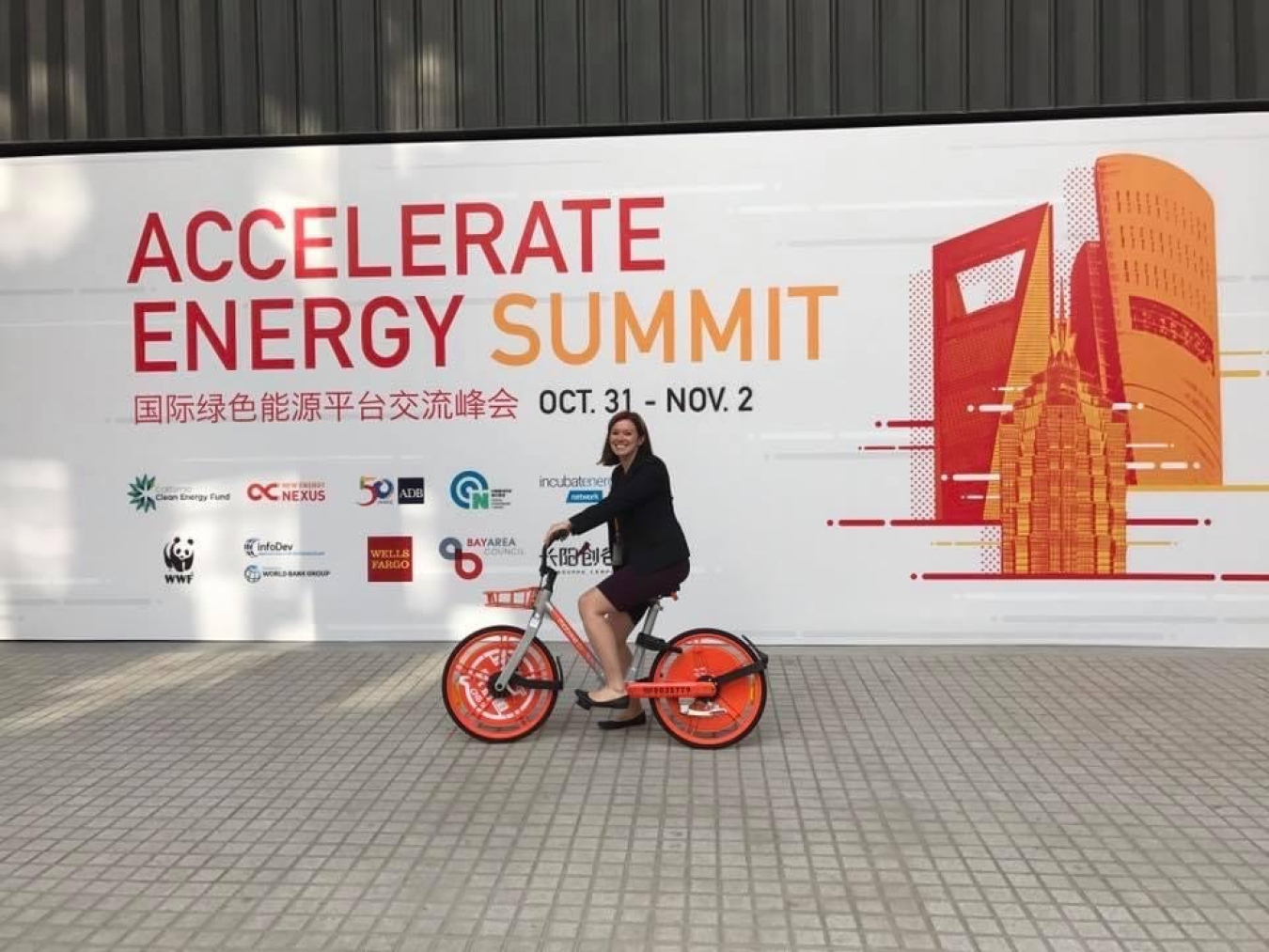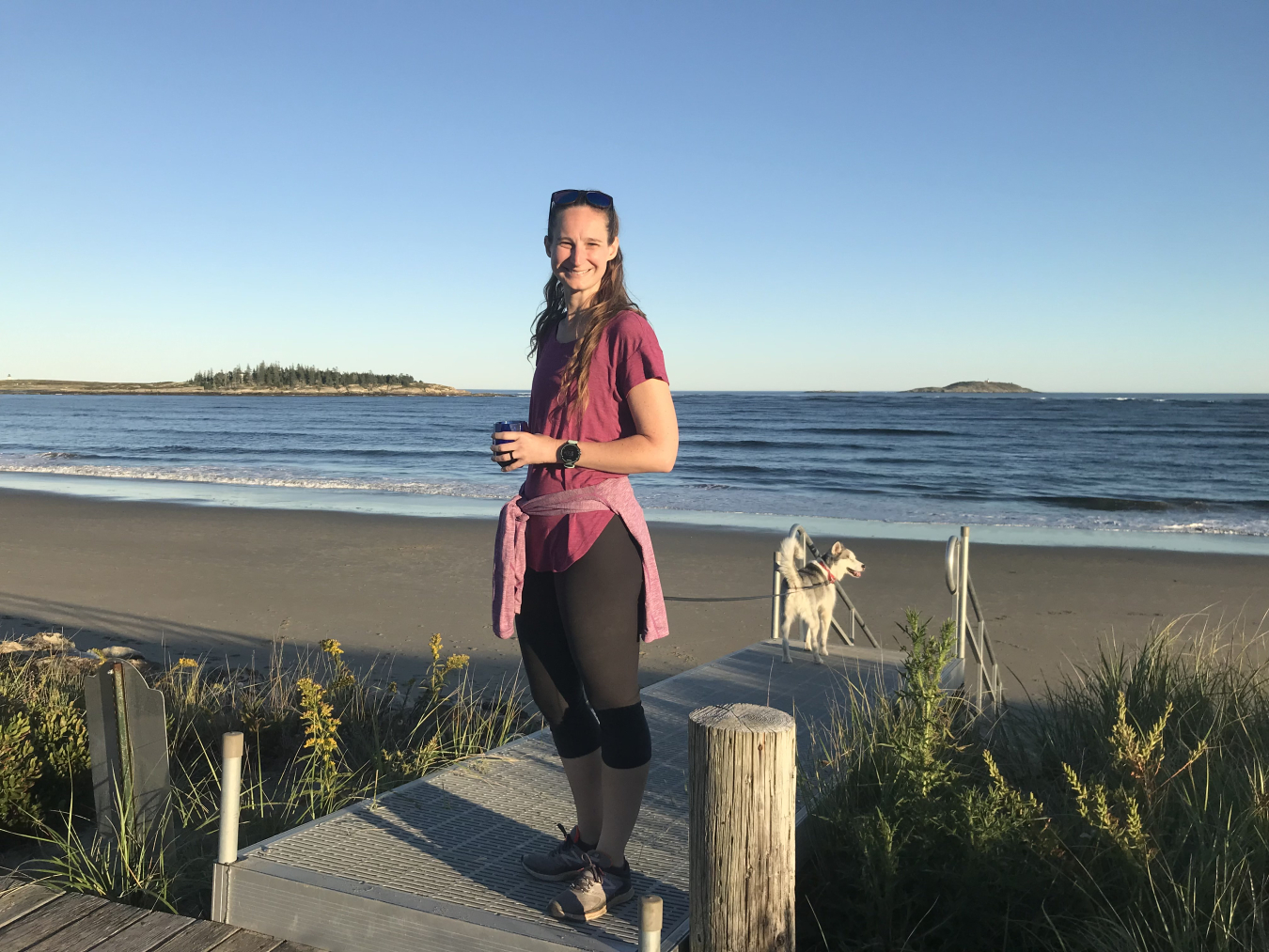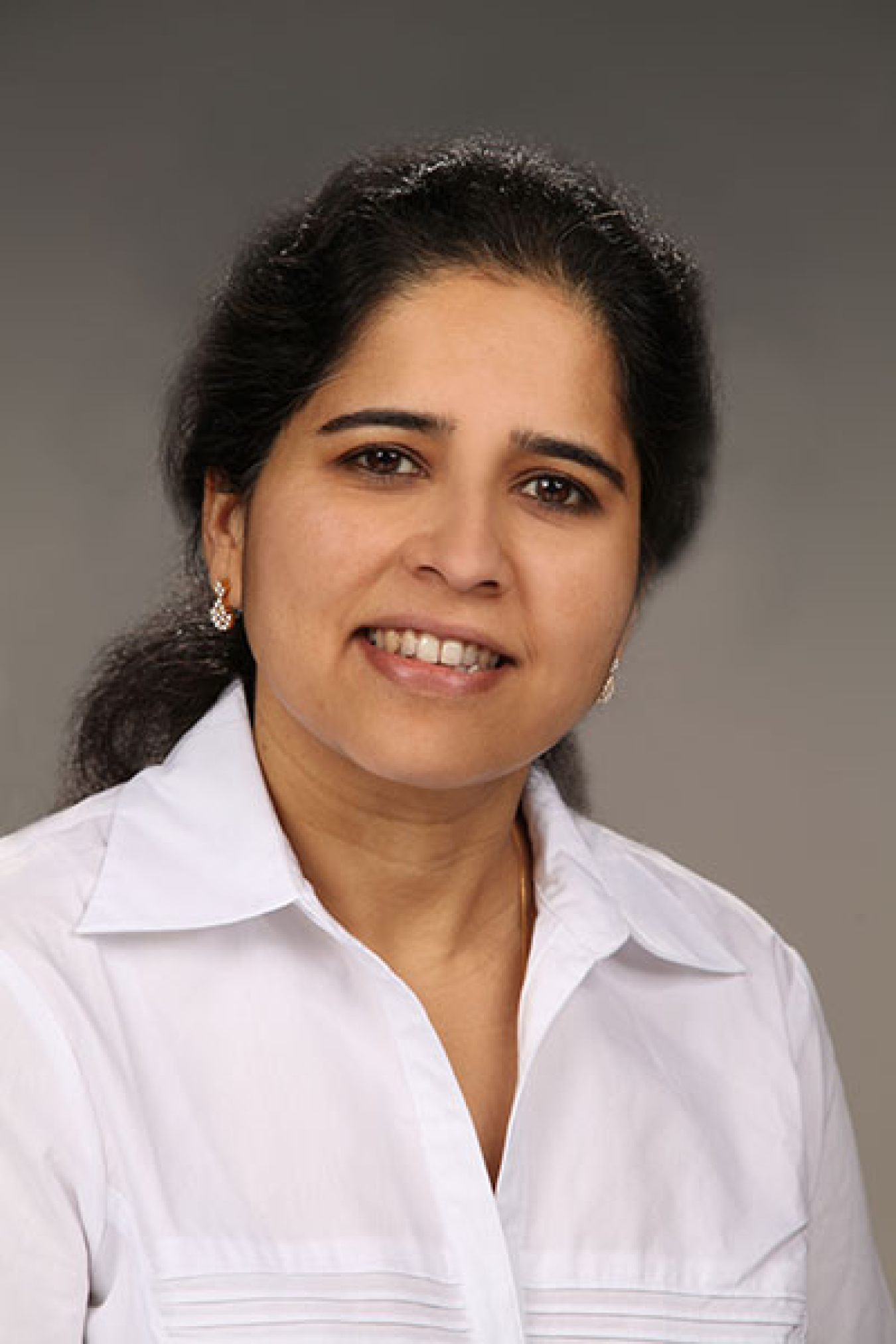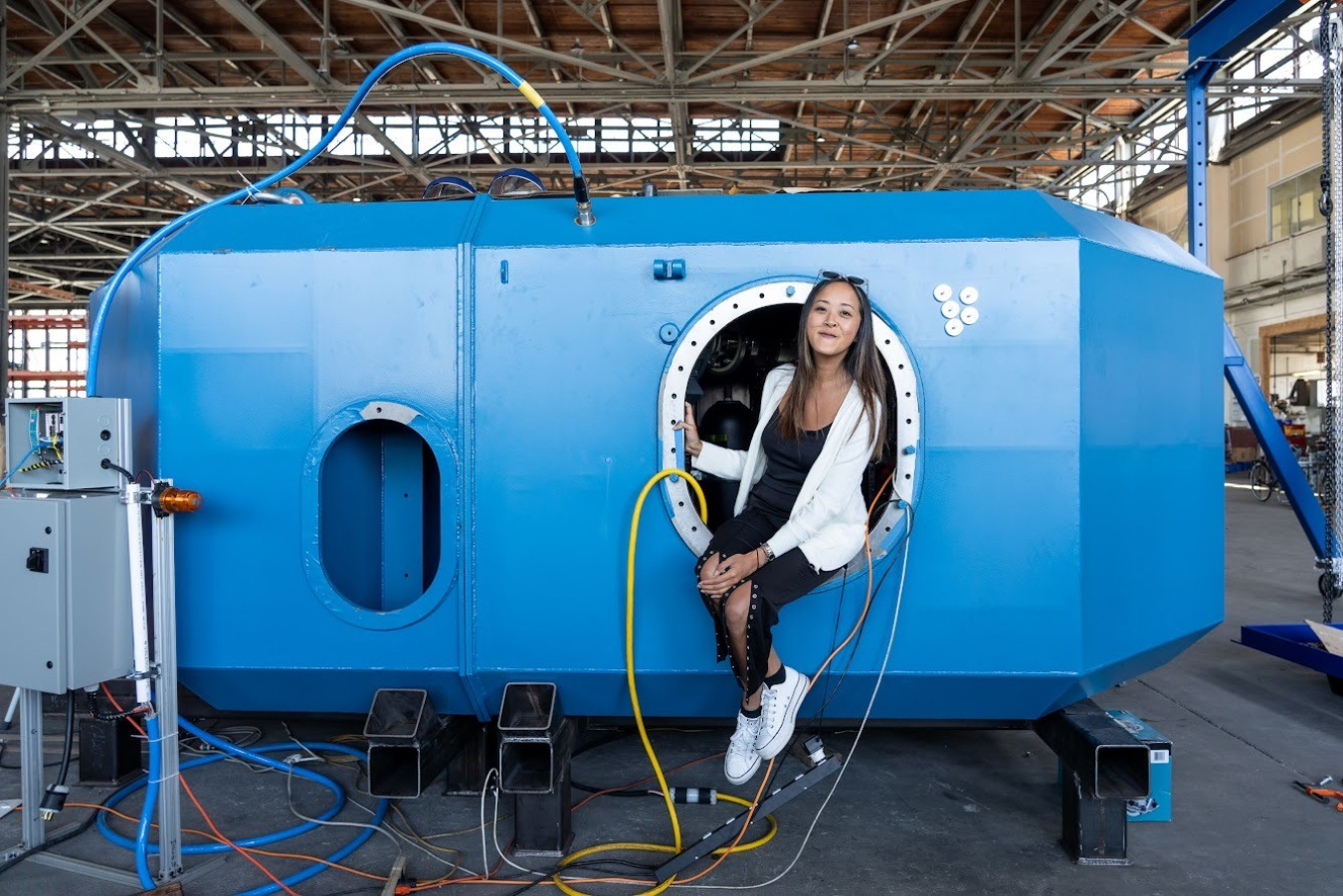Women’s History Month is a time to celebrate women’s momentous contributions throughout history, and that includes their work in the field of water power. In honor of this month, the U.S. Department of Energy’s (DOE) Water Power Technologies Office (WPTO) is showcasing stories from water power champions who are on the frontlines of building an equitable and just energy future.
These six impressive women shared their work, backgrounds, and advice for others.
What do you currently do in the water power world and how did you get there?

Beth Hartman: I am the program manager for Strategic Innovation and Outreach in WPTO. I just started in this role earlier this year, but I originally got into clean energy innovation over a dozen years ago. After finishing my master’s in Spanish literature, I did an entrepreneurship and energy fellowship at the University of Colorado Law School. From there, I worked at a startup called Simple Energy, moved over to the nonprofit and consulting side of clean energy innovation, and eventually found myself working at the Electric Power Research Institute. Then I spent four and a half years at Rocky Mountain Institute before coming to WPTO.
Yekang Ko: I’m an associate professor of landscape architecture at the University of Oregon. Currently, I am involved in two research projects funded by WPTO—one involves developing an energy justice framework for marine energy, using PacWave in Oregon as a case study. The second focuses on designing place-based renewable energy infrastructure for the Pacific Northwest region. Over the past 13 years, I have been researching energy-efficient urban forms (which are the physical characteristics of buildings, roads, open spaces, etc.) and exploring various aspects of integrating renewable energy into built environments and landscapes. Along with my work at the University of Oregon, I have been working with Pacific Northwest National Laboratory as a senior scientist since early 2022.
Katie Sellers Reynolds: I am the regulatory affairs manager at Ocean Renewable Power Company. I manage Federal Energy Regulatory Commission licensing and compliance processes as well as federal, state, and local consultation and permitting processes for our hydrokinetic device deployments in both tidal and riverine environments. My undergraduate and graduate studies specialized in marine and environmental policy. After learning how to manage fisheries-based research projects at a non-profit institute, I found myself following my policy roots to an environmental consulting firm where I learned about a foreign thing called hydropower! My learnings in traditional hydropower set the stage for me to translate my knowledge and background into the world of hydrokinetics.
Chitra Sivaraman: I work in an advisory role to provide guidance on “open data” best practices (including collection, processing, curation, and dissemination) for data collected on WPTO-supported projects. Over the last 20 years, I’ve worked on, and eventually started leading, projects on software development and data management. This experience working with large and diverse datasets and software engineers and cloud architects ultimately led me to this role with WPTO.
Shannon Ames: Since 2016, I have had the pleasure of running the Low Impact Hydropower Institute, a nonprofit organization that recognizes and supports hydropower that prioritizes environmental, recreational, historical, and cultural resource protection. My introduction to hydropower began when I was working in the Massachusetts State House on environmental policy. The energy committee was working on a new renewable portfolio standard and hit a snag when the hydropower industry and river conservation community could not agree on hydropower’s inclusion in the program. The environmental committee was asked to take on the issue. We eventually settled on a compromise that included environmental criteria for hydropower, and I’ve been with hydropower ever since.
Julie Mai: As the Head of Communications and Public Affairs at CalWave, I’m working to realize and bring awareness to the potential of wave power as a solution for sustainable energy access. With nearly a decade of experience in the social impact sector, I have worked with a diverse range of organizations, from community-based groups to government agencies and multinational corporations, focusing on research, development, communications, program management, and policy advocacy. My passion for human rights, education, healthcare, and social equity led me to lean into the water power world, where I see innovation as one of the greatest ways to tackle the energy and climate crisis and its impacts.
Looking back on your career so far, what one or two events do you credit as turning point(s)? Did you know at the time they were monumental moments?
Beth: When I started that year-long fellowship at the law school, I knew it was something special—and it ended up being key because that’s how I got into clean energy innovation. Another pivotal moment was my time at the Electric Power Research Institute, working with DOE and the National Renewable Energy Laboratory to build a network of clean energy incubators and accelerators. That took my experience with clean-tech startups from a regional focus to a national focus and allowed me to see even more diversity in the types of clean energy innovation and climate-tech solutions. Those were two moments that fostered key connections and helped me progress in my career.

Yekang: The first turning point in my career was when I volunteered in Cambodia during my college years. Having grown up in Seoul, South Korea, it was my first time living in a developing country and immersing myself in the local community. I observed the environmental conditions in rural Cambodia and realized my privilege and responsibility as a global citizen. This experience was truly eye-opening and influenced my decision to pursue environmental planning as a graduate major.
The next pivotal moment was starting my Ph.D. program at the University of California, Berkeley. With great mentoring and peer-learning opportunities, I was able to broaden my perspective and become a scholar in environmental planning. In retrospect, I didn't expect these experiences to have such a profound impact on my life and career. I was always interested in traveling and exploring new places, but these experiences transformed and shaped my career path in ways I couldn't have imagined.
Katie: Having the confidence that you know your subject matter well is really important in our industry, especially when working with regulators, clients, prospective investors, or even in-house staff. Many years ago, when I was a fresh project manager in consulting, I had a challenging client. We had a tight timeline on a big project. I didn’t have much confidence during our weekly meetings, and the client wasn’t trusting my knowledge on the subject matter. Finally, one day I had enough and completely shifted my energy. I went into that meeting and led with true confidence. The client called me afterwards to say he was impressed, and I haven’t had an issue like that since! Trust in your gut and abilities.
Chitra: During my final year of college in India, my father encouraged me to take lessons in a programming language. This was quite outside my academic curriculum, but I did it. I then applied this newly gained knowledge in our family business to help digitize and electronically print invoices. Even though I didn’t pivot and pursue software development as a career until almost a dozen years later, that initial experience left a profound impression on me.
Shannon: Working in the Massachusetts State House on environmental policy remains one of my most valued experiences because it demonstrated how a single policy can meet multiple goals—in this case, providing renewable energy certificates to support hydropower, while also stimulating environmental improvements. I will always be grateful the energy committee recognized when energy policy becomes environmental policy. I did not know at the time that working on the renewable portfolio standard would set me on a career with hydropower, but that experience nurtured my appreciation for hydropower and my determination to protect the environment, rivers in particular.
Julie: In hindsight, my decision to pursue an MBA with a focus on sustainability as a means for getting into climate work was a significant turning point in my life. It led me to meet CalWave's CEO, among many others in the industry, who sparked my interest in renewable energy and, more specifically, ocean energy. I did recognize that going back to school would become a monumental moment in my life at the time because I felt that special internal calling to upskill, bridge gaps, and do more.
What do you wish you knew when you started your career that you know now?
Beth: Early on, I was interested in energy, and I actually started my undergrad in engineering because I thought that you had to be an engineer to work in energy. But I didn’t realize that energy needs many kinds of professionals, like project managers or communicators and storytellers. After a year in engineering, I pivoted to a double major in Spanish literature and journalism. Then I got into clean energy innovation, specifically, during my entrepreneurship and energy fellowship. I wish I had known that you should do what you enjoy doing, and then you will find a way to apply your skills to the path that you wish to take.
Yekang: I am deeply grateful for the guidance, inspiration, and encouragement I received from my professors, peers, and family. Without their support, I wouldn't be where I am today. Looking back, I wish I had expressed my gratitude to them more often. I also realize the value of having a woman mentor in my field as a role model. In South Korea, academia and professions tend to be male dominated. During my undergraduate years, I didn't have a single female professor in my department, and unfortunately, not much has changed since then. I hope to mentor more women students to help them develop successful careers.

Katie: It’s okay to make mistakes! Take a shower, get some sleep, and move on! That’s how you learn.
Chitra: I wish I had taken more math and science classes. Software applications, tools, and libraries are essential tools across all scientific domains. But having knowledge of the scientific domain helps in building applications and tools.
Shannon: The advice I’d give my young self is this: don’t put too much stock in what others say because their motivations often have nothing to do with your success. Find people you admire. Observe them, befriend them, learn from them. And be confident in your abilities. Having colleagues you trust and admire will help you disregard those who you don’t. Also, trust your gut. If your gut is telling you not to fully trust someone, listen to it. Doing all of this while remaining open, professional, and respectful to colleagues and superiors is difficult, but it can be done.
Julie: Firstly, I have come to realize that women have a vital role to play in the water power industry and that there is a growing recognition of the value that diversity brings to the table. Secondly, I have learned the importance of networking and building relationships, not only for career advancement but also for personal growth and support. The water power industry is full of passionate and dedicated professionals who are extremely collaborative and welcoming. Finally, I would say: be vocal, proactive, and go after your vision.
In your opinion, what is the best approach to create more diversity and to attract more women to the water power workforce?
Beth: I hope we can more openly emphasize that all skill sets are needed in this field. It’s challenging to communicate about the climate crisis in a way that makes people understand that it’s an urgent, time-sensitive issue. It's like a timed test we only get to take once, and if we don't get it right, we don’t get another shot. This isn’t just an engineering or technology challenge. It’s a raising-awareness challenge, which needs strong project management and communications. It’s time for all sorts of experts to pitch in and help people realize that this is the decisive decade.
Yekang: I believe providing support to women and minorities in STEM education through scholarships and mentoring programs is crucial. Additionally, creating more opportunities and support for women in leadership positions can help students and young professionals find mentors and role models. Personally, I have received more appreciation from female minority students (especially Asians and Asian Americans) who see me as their role model. Also, expanding the scope of research beyond technical and economic feasibility and diversifying programs to address social, cultural, and ecological issues related to water power may help in attracting more women to the workforce.
Katie: The water power industry is full of some really amazing people. I think we need to advertise what a welcoming environment the industry is to attract more diversity to the workforce. I really had no clue about this niche field until I stumbled into it.
Chitra: We have to start when children are young. Encouraging STEM classes, conducting simple science projects, at home and at school, and instilling curiosity in children are key to attracting a diverse workforce.
Shannon: There is one very powerful thing that can be done to attract more women and people of color into the water power workforce: education. Organizations need to undergo training on anti-blackness, hidden biases, and the power of empathy, contextual problem solving, and adaptability. These skills have historically been undervalued but are now being recognized as key leadership traits that can enhance a company’s long-term success. When companies really understand how their behavior perpetuates certain biases, prejudices, and injustices, changes can be made. When this happens, their companies will be more attractive to a diverse workforce. Diversity can’t be achieved simply through recruiting. So, take a close look at company policies to determine who they benefit and if they support a welcoming culture. If they don’t, or if they benefit one group of workers over another, changes need to be made. I think organizations will be surprised to learn that these changes create a happier, more welcoming, better workplace for everyone.
Julie: In my opinion, the best approach to creating more diversity and attracting more women to the water power workforce is to actively work toward embodying an inclusive environment that supports and encourages diversity. To start, it's important to acknowledge and address any unconscious biases and challenges that may exist within the industry. Promoting visible female role models within the industry can also be an effective way to attract and inspire more women to pursue careers in water power. Then, offering flexible work arrangements and providing opportunities for career advancement will be crucial for the water power industry to tap into the full potential of its workforce and drive innovation and growth.
What excites you most about water power and its potential to energize a clean energy future?
Beth: Water power is really interesting because it's both hydropower and marine energy. Hydropower has been commercialized for a long time and yet, there is still so much potential there. Only 3% of the dams in this country generate power. Imagine if we tapped into the remaining 97%. There is also so much we could do with hydropower and long-term energy storage. I'm excited for people to pay more attention to that potential. On the marine energy side, that technology is in the early stages. And that’s very exciting because it's like a big science experiment. We get to be hands-on to understand what's going to work and what isn't. The potential for marine energy is almost limitless, and it’s very cool that we are figuring it all out.
Yekang: Water power is one of the oldest renewable energy resources in human history, and ocean energy is expected to play a crucial role in combating climate change. With the increasing use of other renewable energy sources, water power is becoming even more important as it provides stability in the renewable mix. Active conversations and research efforts focused on the appropriate use of water power technologies, their siting, and scale to address biodiversity and social and tribal justice gives me hope for a bright future for water technologies. I am most excited about emerging technologies that create co-benefits and synergies with other technologies. For example, ocean thermal energy conversion can power systems to produce desalinated water for coastal and island communities that struggle to secure their water supply. Micro hydropower can generate electricity using existing pipelines and channels, and pumped storage hydropower will continue to play an essential role in utility-scale energy storage.
Katie: I am excited to help pave the way, especially from a regulatory perspective, for the inclusion of commercialized hydrokinetic systems into the clean energy portfolio.

Chitra: There is an ocean of opportunities to develop and generate more water power, no pun intended. Across all these opportunities, I see potential for data to be used to drive innovation and accelerate water power technologies to market. With more and more data being collected, standardized, and shared during the research, testing, and development phases, we can use this data to train machine learning algorithms to generate valuable insights, advance technologies, and speed up deployment.
Shannon: The most important aspect of water power today is the role it plays in getting us to a fully renewable grid. I’m incredibly excited and inspired by the shift I’ve seen in development in the last five years. Companies are being creative, changing their mindset, and developing innovative, effective, efficient technologies that could propel water power forward. In particular, there are people designing technology and facilities with the intention of maximizing environmental performance. There is shift in perspective from power production as the single most important goal to one where environmental performance is paramount. I’d like to see this shift truly catch on—environmental performance as an attribute to be maximized, not a cost to be minimized. If we all do that, we’ll be able to add more water power generation, but we will also be able to better adapt to a changing climate.

Julie: What excites me most about water power is its potential to help us achieve a sustainable future across environmental, social, and economic dimensions.
Looking at ocean power specifically, wave energy is here and it’s going to play a critical role in tackling the energy and climate puzzle. Wave energy serves as a perfect complement to other renewable sources such as wind and solar due to its consistency, predictability, and energy density. As a firsthand witness to CalWave’s technological advancements and the dedication of our team, I can’t wait for humanity to harness its power to provide sustainable energy access and independence to communities worldwide. The prospect of a future powered by clean, renewable energy is both inspiring and motivating, and I feel privileged to be part of the effort to make it a reality through water power.
Stay in the know with WPTO! Receive the latest information on funding opportunities, events, and other news by subscribing to the Hydro Headlines and The Water Column newsletters, as well as the comprehensive Water Wire newsletter.
